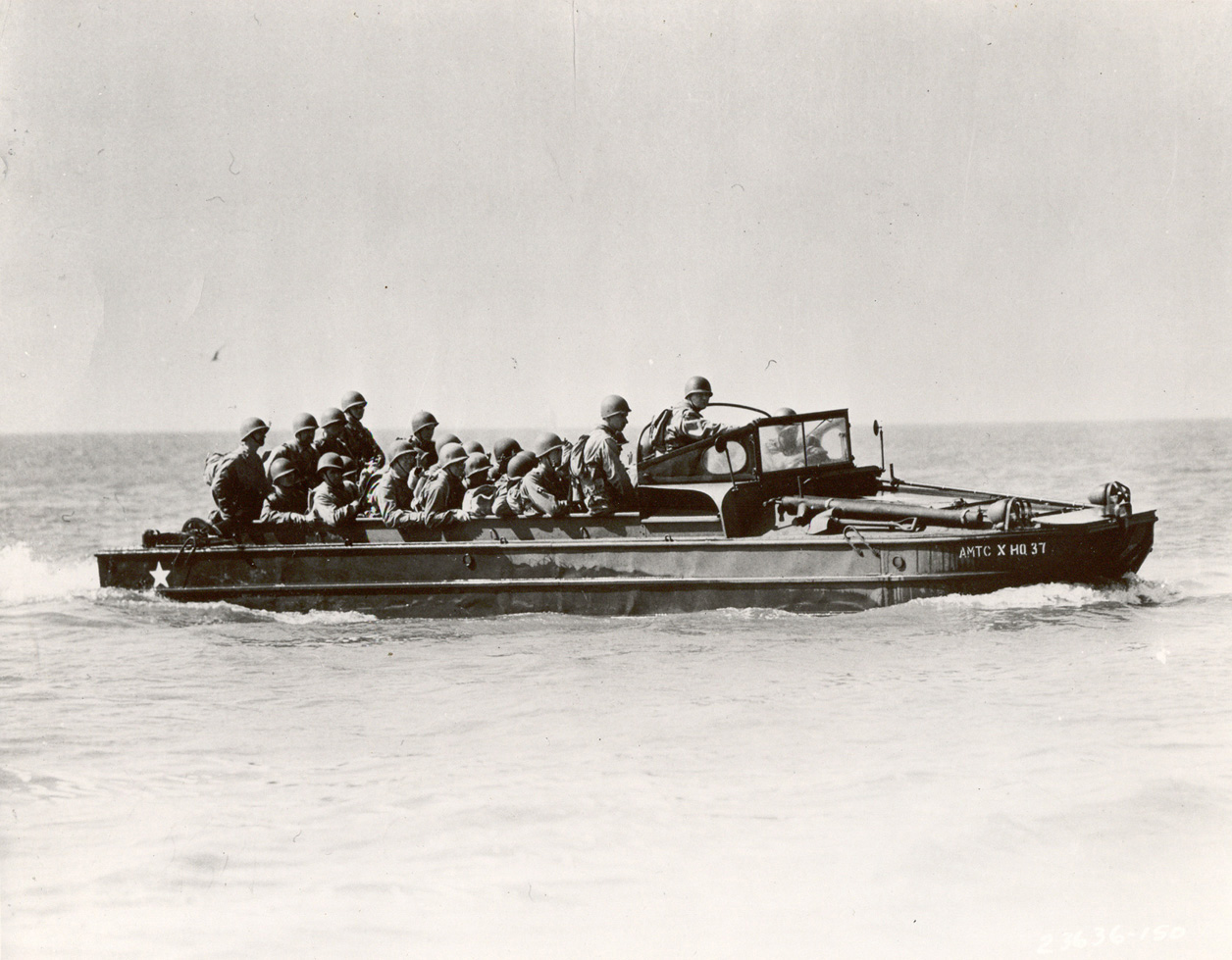Yes the Stalwart was prone to final drive bevel box troubles due to axle wind up if driven only on grippy surfaces. The lads had various tricks to counter that like hopping up onto kerbs and the road verge (despite the damage that caused to the pristine German verges). The best excuse of all was: "sir I just need to come back via the tank training area to fix the axle wind-up on 24-06". Where they'd then get into cross-country races against Bundeswehr Leopard tanks.
The '5 tonne' designation of the Stalwart refers to its weight carrying capacity, all-up it was about 14 tonnes but felt pretty nimble especially empty. Until something broke, then the whole load had to be removed to get at the engine compartment.
The Saracen seemed for some reason to suffer less from axle problems even when driven purely on roads in Northern Ireland. Although about the same weight (about 13 tons with the extra anti-RPG armour known as "Kremlin mesh") it felt much less agile than a Stolly, probably due to the gearing. It had a pre-selector gearbox that threw your left knee into the sharp corner of the radio mount frame with some force if you hit a false neutral on the pedal. Because of the tyres on it it was completely awful to drive on a slippery road. One of my lads lost control of one downhill on a frosty Belfast morning and took out about five cars on the way down. Another triumph for hearts-and-minds.
Dennis, that's a fab name from British automotive history and my memory is that all British fire engines had Dennis on the front although that's no doubt incorrect. One of my favourite toys was a Corgi Simon Snorkel but I don't know if that was a Dennis.

www.hagerty.com
















